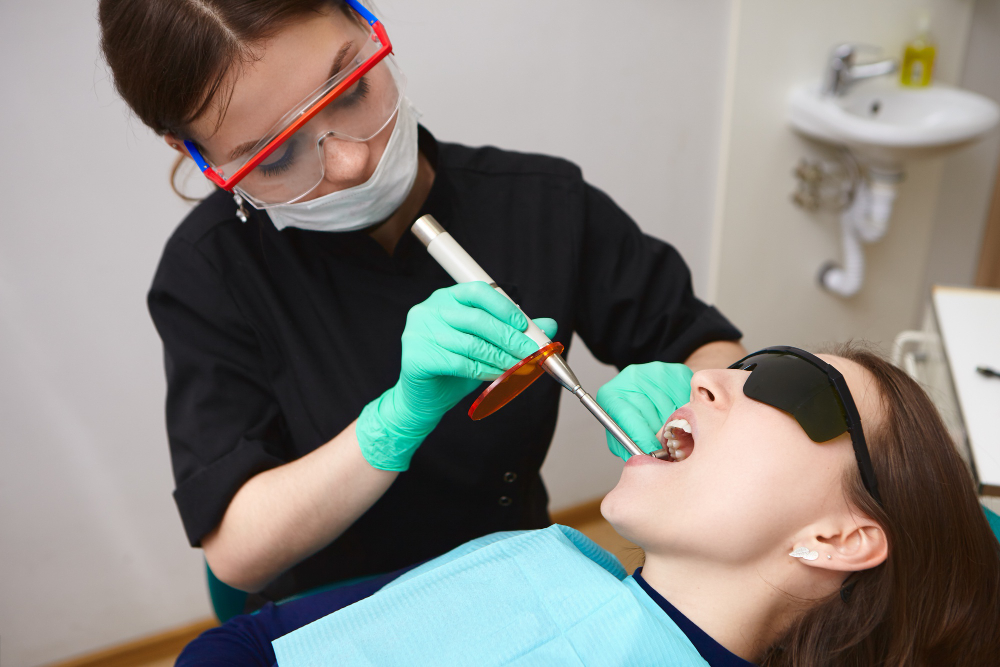
Toothaches can ruin your smile. Getting them treated is important. Tooth extractions can relieve pain and prevent future problems. The cost of tooth extraction is a common concern for many. It varies by country and depends on factors like the tooth’s condition and position. Your dentist will assess your teeth to determine the procedure’s cost.
Factors Affecting the Cost of Procedure
The cost depends upon the variety of factors which we will discuss here.
Complexity of Procedure
The cost depends on how complicated the procedure is. Experienced surgeons charge more, which raises the overall cost. Complex procedures are more expensive than simpler ones.
Variation Based on Individuals
It varies from individual to individual to individual. Sometimes, the tooth is stuck between the soft tissues and requires much attention. It makes the procedure more complex, and the price gets high automatically.
Number of Removed Teeth
The cost of removing teeth depends on how many you’re taking out. Removal of multiple teeth costs higher costs than less or single teeth removal. If you’re removing multiple teeth, it’s more expensive than taking out just one. Removing a single tooth is usually cheaper.
Used Anesthesia
The cost of sedation is connected to the method used. Basic methods like IV sedation or general anaesthesia are affordable. More advanced methods are expensive. The choice depends on the patient’s needs, medical history, and how complicated the procedure is.
Geographical Locations
The geographical locations are also associated with the procedure fee. Dental care is usually cheaper in rural and suburban areas compared to cities. In cities, there’s more competition and demand, which makes teeth extractions more expensive.
Additional Procedures
While going to the dentist, you should expect additional procedures. The original procedure is sometimes associated with X-rays and follow-up appointments. A single sitting is usually cost-effective. Other procedures add to the actual cost of the process.
Insurance
Insurance can be helpful, but it doesn’t always cover everything. It depends on the insurance plan you have. Depending on your coverage, the cost can be a big deal or not much of a problem.
Conclusion
Dental care is too expensive for many people, and some insurance companies don’t help much. You must trust the dentist’s advice, but it is tough to know if they’re looking out for you or just trying to make money.
Average Cost of Tooth Extraction
The average cost ranges from $1200 to $3000 depending on the mentioned factors. The locality where you belong and the complexity of the procedure plays a major role in the cost.
Private health insurance does help with rebating your money. You need to check the policy before you get it. Also, there’s usually a waiting period of 12 to 18 months before you can use it for dental services. You can also use payment plans to cover tooth extraction costs.
Hence, teeth removal depends on various factors and is linked to the costs of the whole procedure. You should understand the average available payment options.

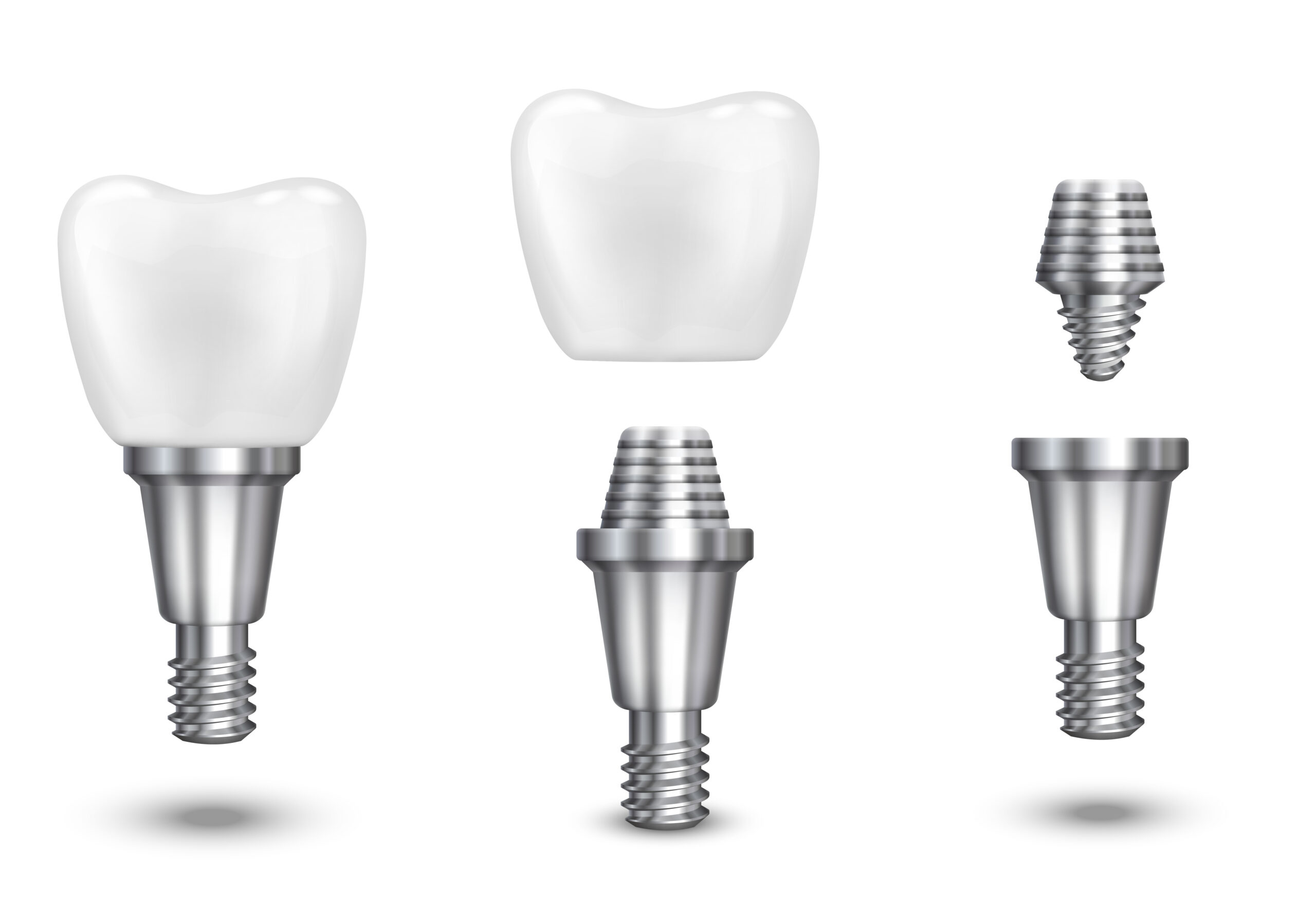
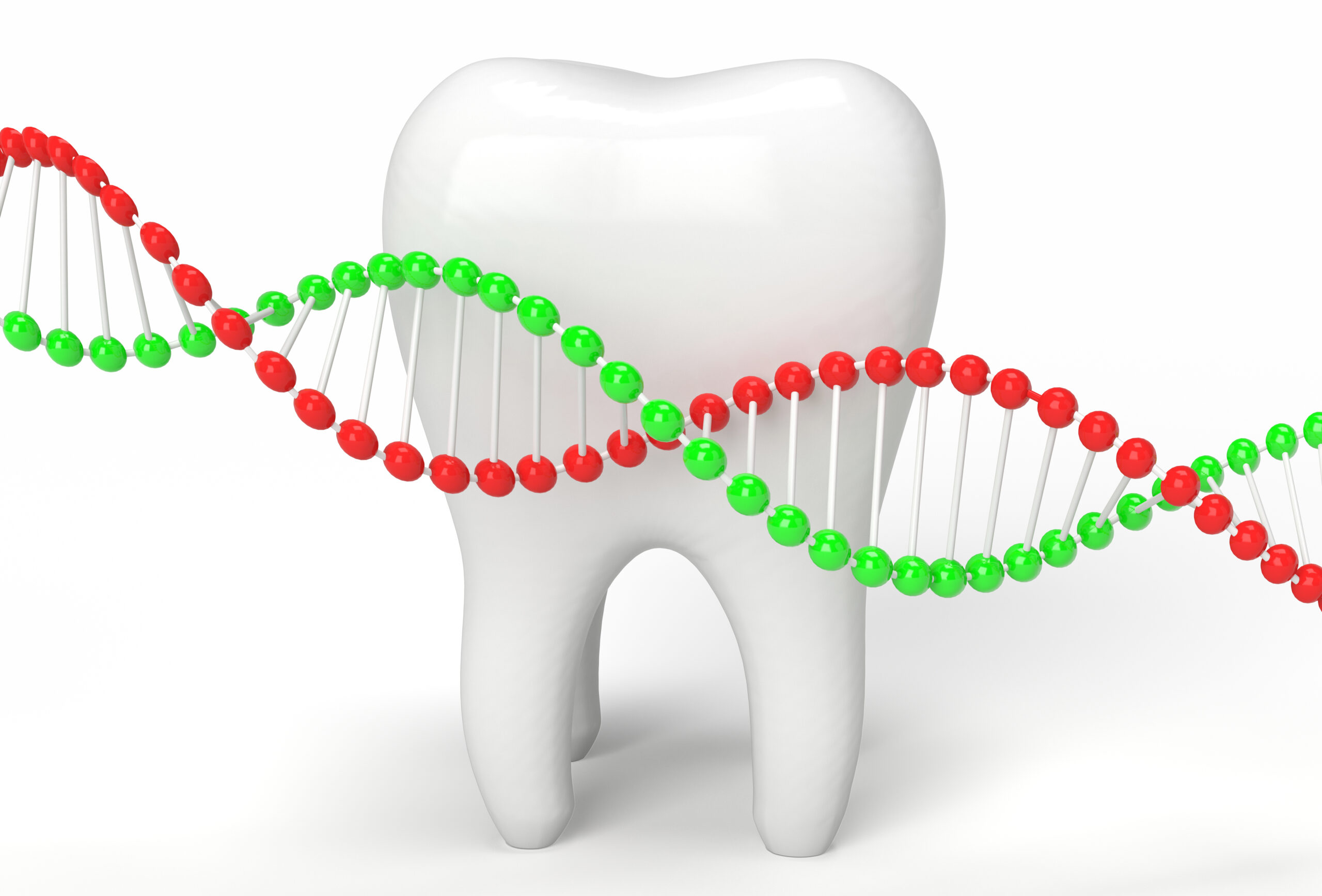
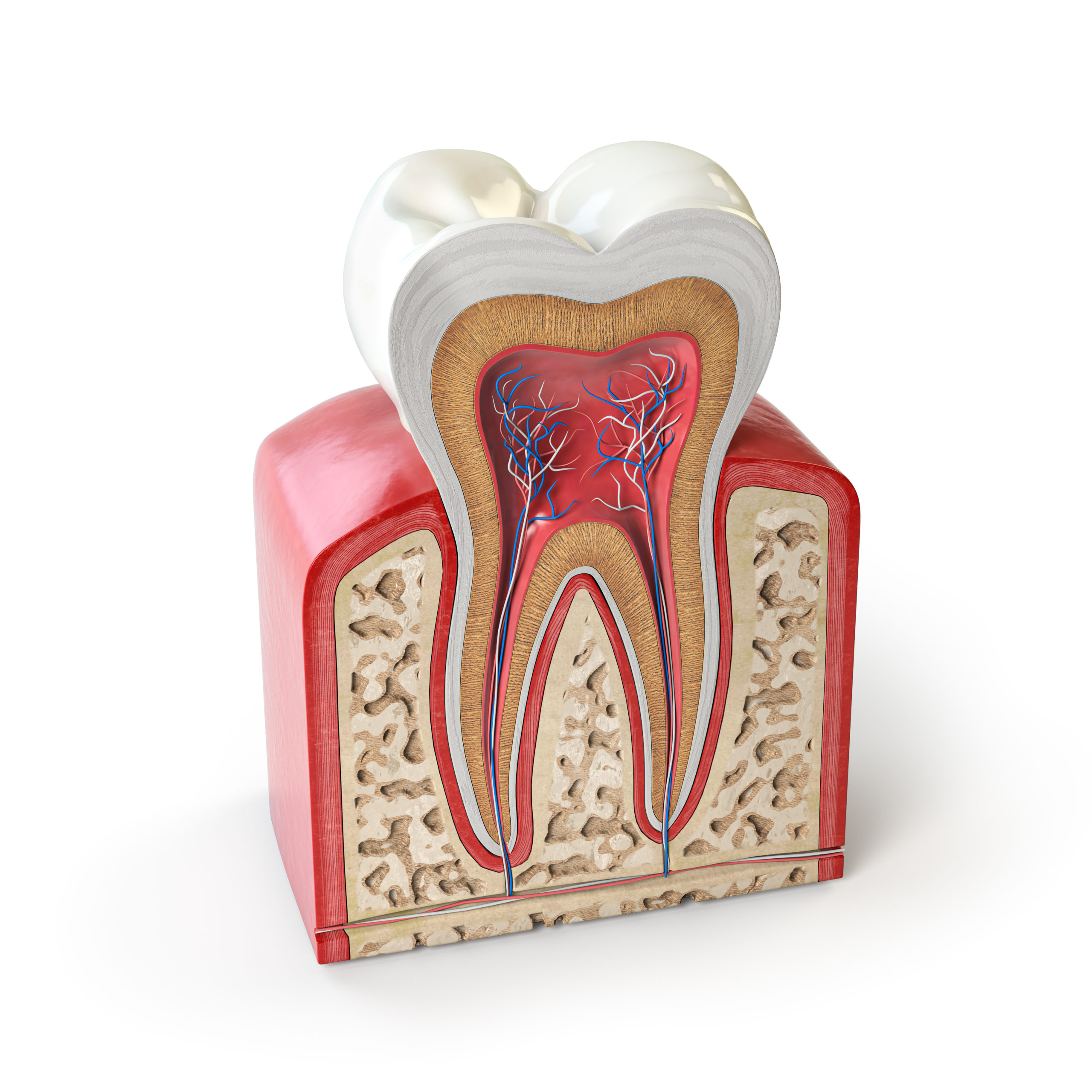


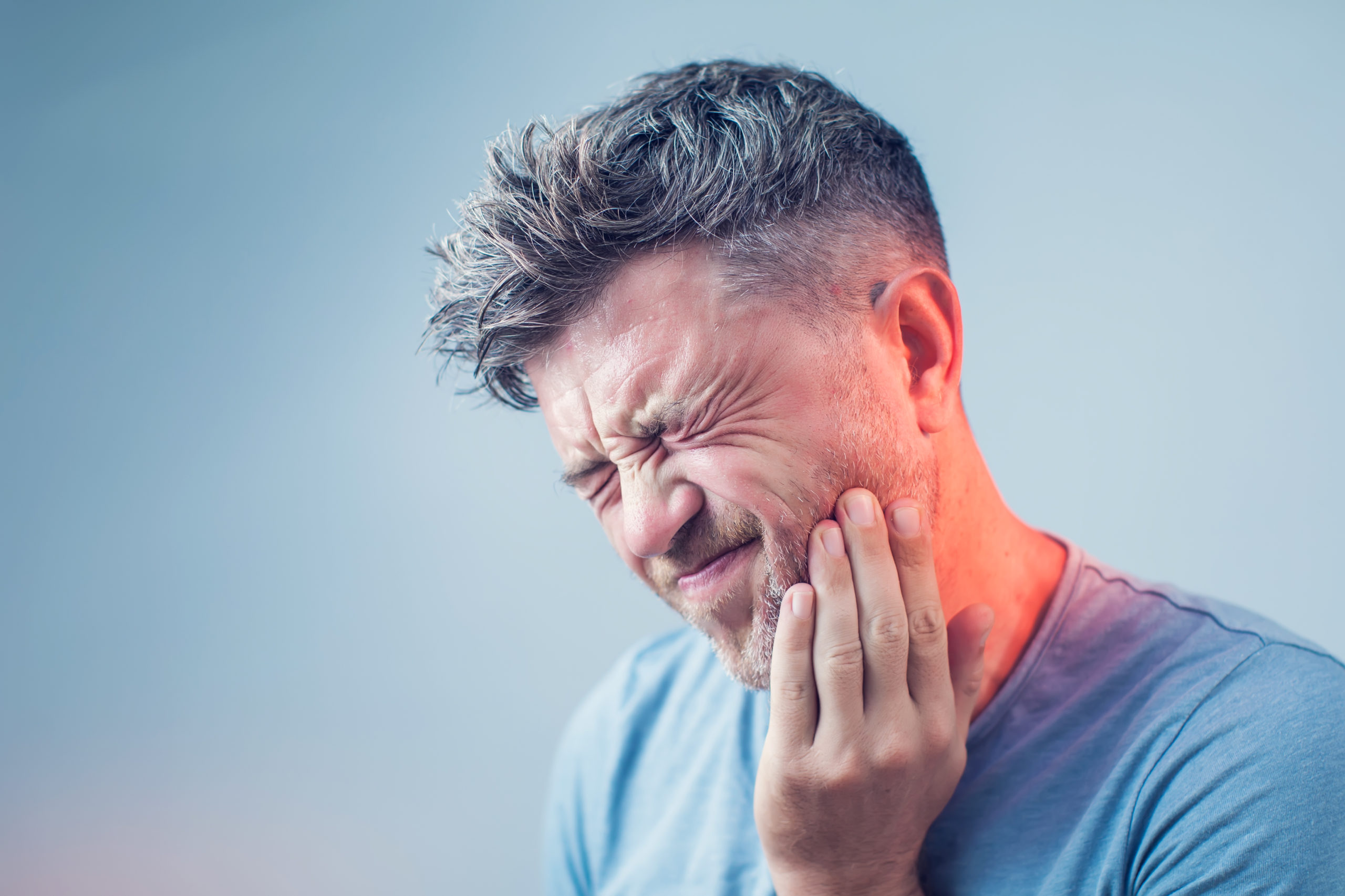
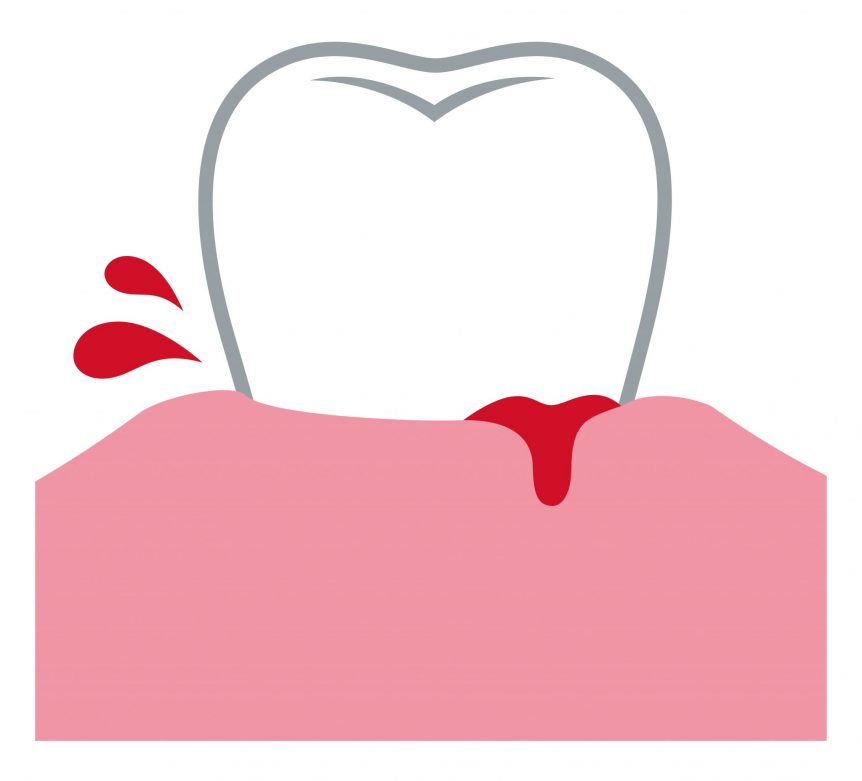
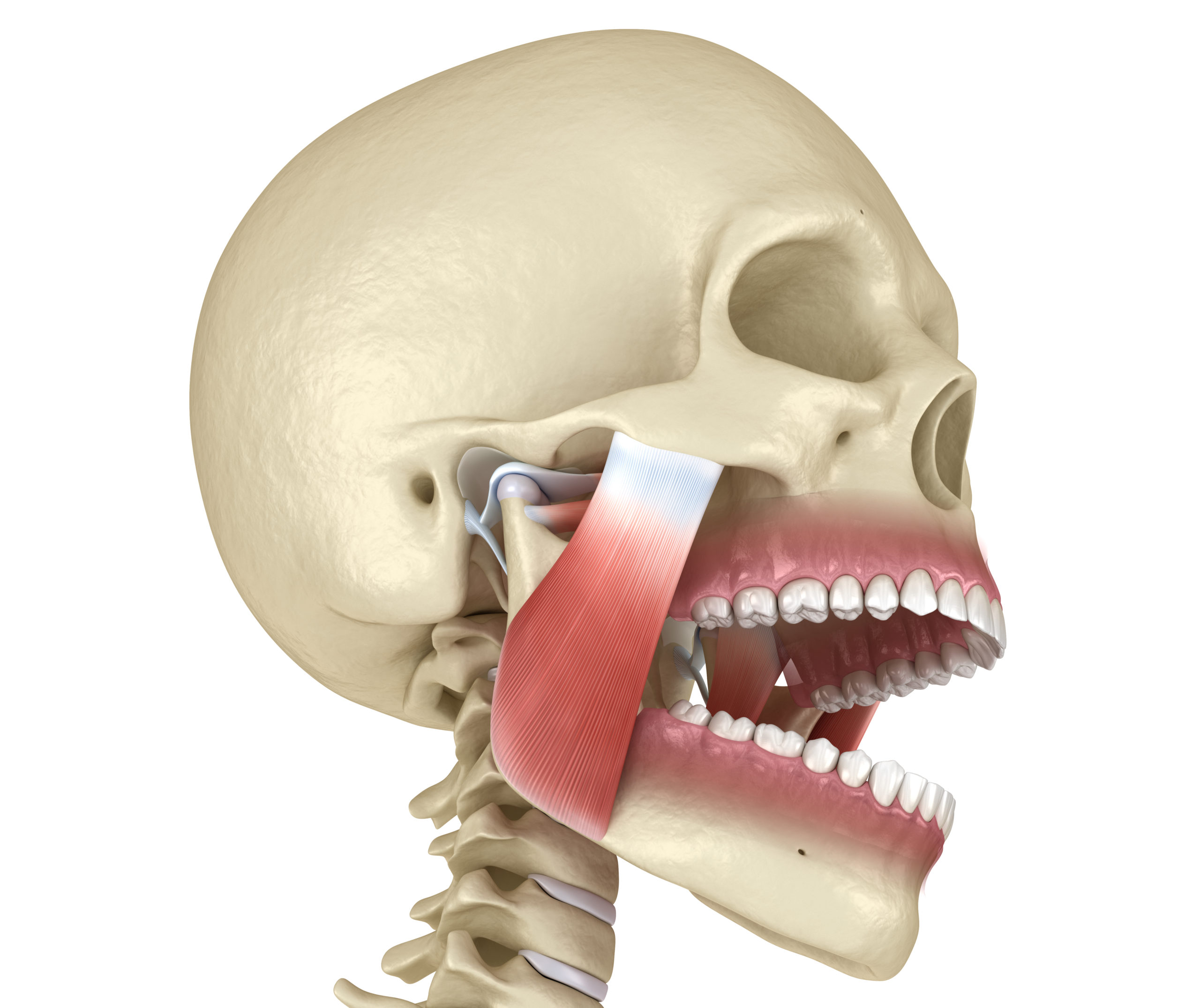
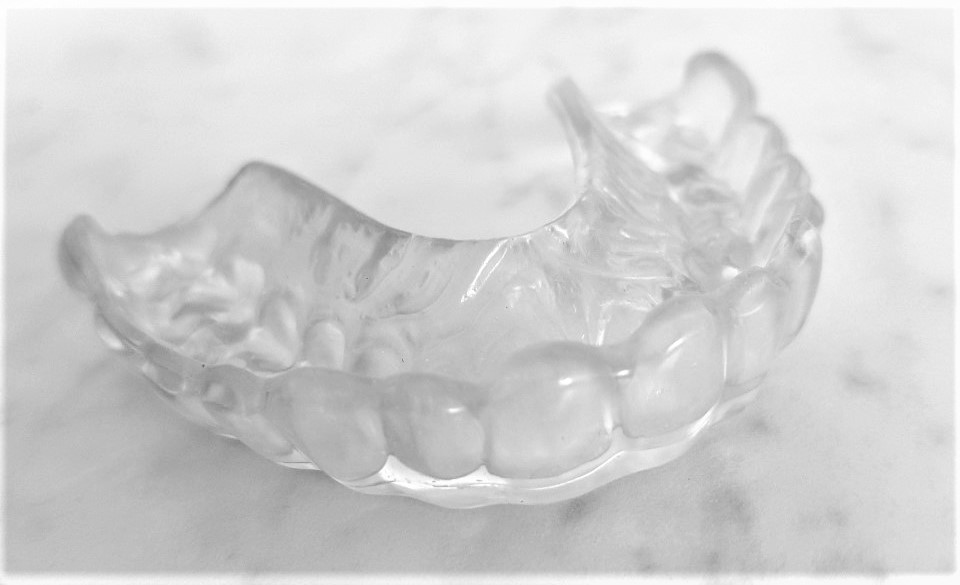

Recent Comments